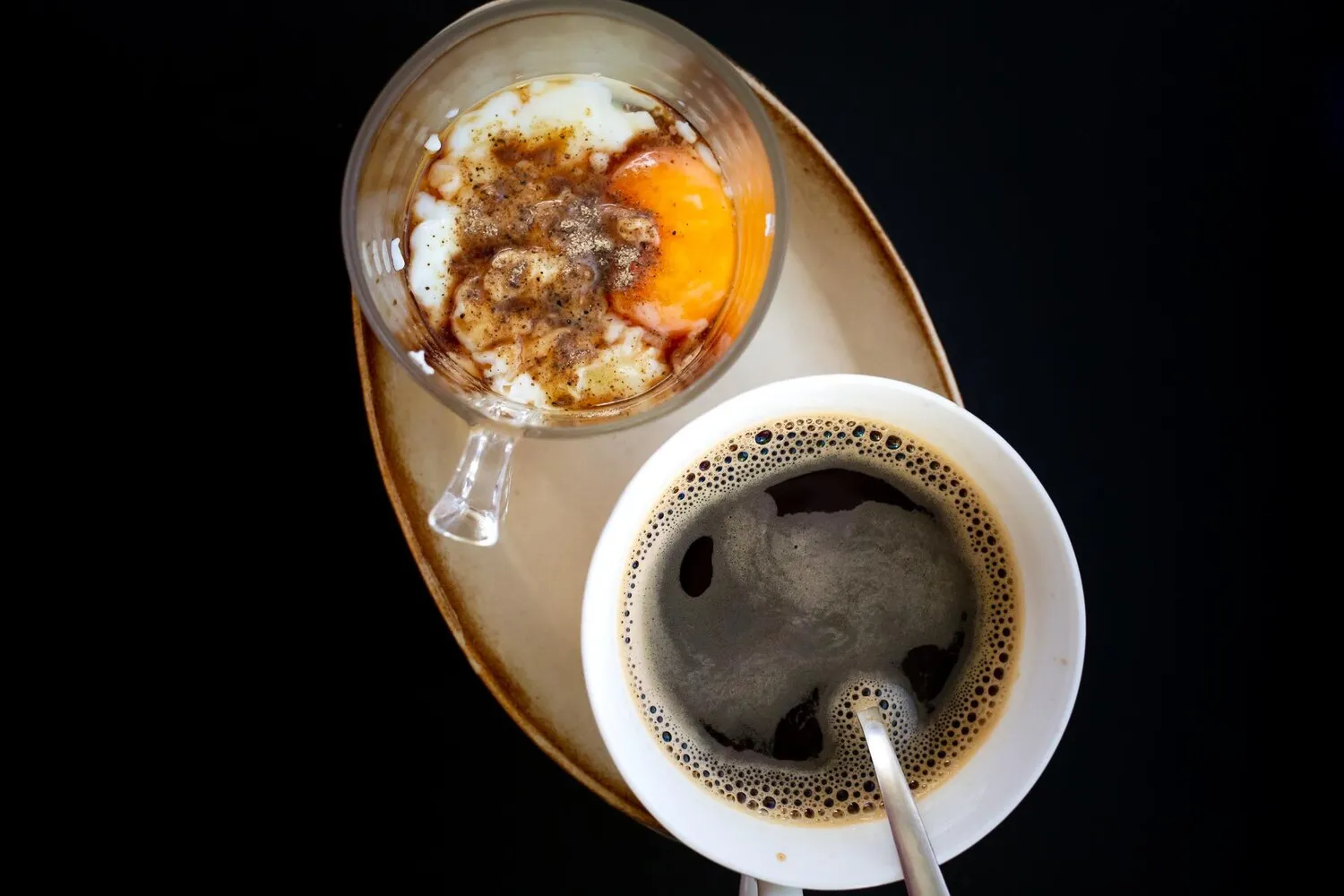
Beers
Wide selection of craft beers. A key feature of MOUT.
Nutrition Facts
* The % Daily Value (DV) tells you how much a nutrient in a serving of food contributes to a daily diet. 2,000 calories a day is used for general nutrition advice.
The history of beer is ancient, dating back to at least the 5th millennium BC in ancient Mesopotamia. From early fermented grain beverages to the development of hopped beers in medieval Europe, brewing techniques have evolved significantly over centuries, influencing cultural practices and economies worldwide. The craft beer movement is a relatively recent phenomenon, gaining momentum in the late 20th and early 21st centuries as a reaction against mass-produced lagers, emphasizing flavor, artisanal production, and local ingredients.
Craft beer culture emphasizes community, experimentation, and appreciation for the brewing process. It's often associated with local breweries, taprooms, and beer festivals that provide opportunities for exploration and connection.
Community & Localism
Craft beer emphasizes supporting local breweries and businesses, fostering a sense of community around shared experiences.
Exploration & Education
Craft beer drinkers are often interested in learning about the brewing process, different beer styles, and the ingredients that contribute to unique flavor profiles.
Social Gathering
Taprooms and beer gardens serve as social hubs, providing spaces for people to gather, relax, and enjoy craft beers together.
Craft beers boast a diverse range of flavors, stemming from variations in ingredients like malts, hops, yeast, and water, as well as brewing techniques. Expect a spectrum from light and refreshing to rich and complex.
Flavor profiles vary dramatically based on beer style. IPAs are known for their hoppy bitterness, citrusy, floral, or piney notes. Stouts feature roasted malt flavors of coffee, chocolate, and caramel. Sours offer tart and acidic profiles with fruity or funky undertones. Wheat beers are often light and refreshing with notes of banana and clove. Lagers are generally crisp and clean. Malt contributes sweetness, body, and caramel or toffee notes depending on the level of roast. Hops contribute bitterness, aroma, and flavor, spanning from floral and citrus to earthy and spicy. Yeast contributes fermentation character, influencing flavors like esters and phenols.
Serving Temperature
Serving beer at the correct temperature enhances its flavor. Lighter beers are typically served colder (40-45°F), while darker beers are best served slightly warmer (50-55°F).
Glassware
Different beer styles are best enjoyed in specific glassware. Pilsner glasses highlight clarity and carbonation. Tulip glasses concentrate aromas. Pint glasses are versatile for a wide range of styles.
Food Pairing
Craft beer pairs well with a variety of foods. Hoppy beers complement spicy dishes. Rich stouts pair well with chocolate desserts. Sour beers cut through fatty foods.
Explore additional Drink dishes and restaurants
Explore DrinkDiscover top dining spots and culinary experiences in Hilversum.
Explore HilversumLearn more about the food culture, restaurant scene, and culinary heritage of Netherlands.
Explore Netherlands